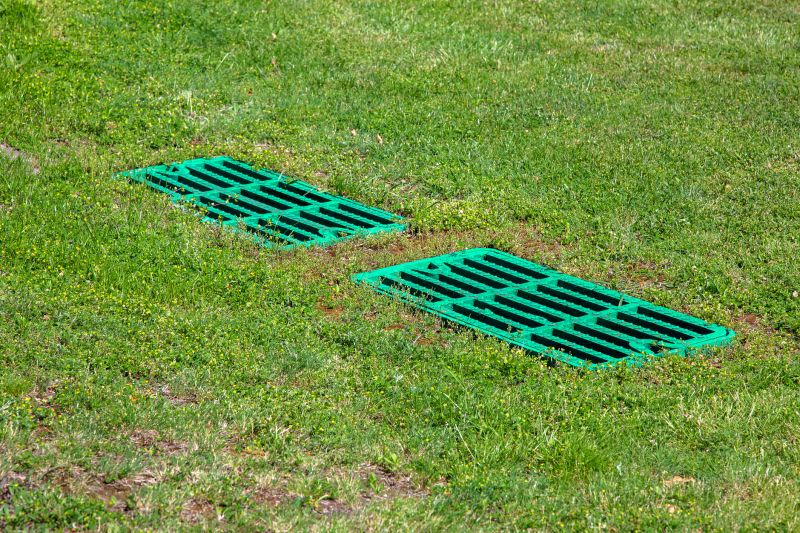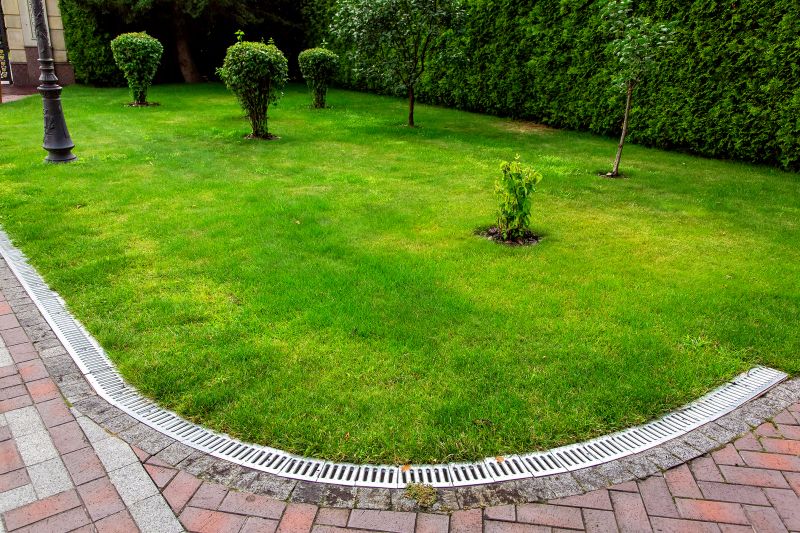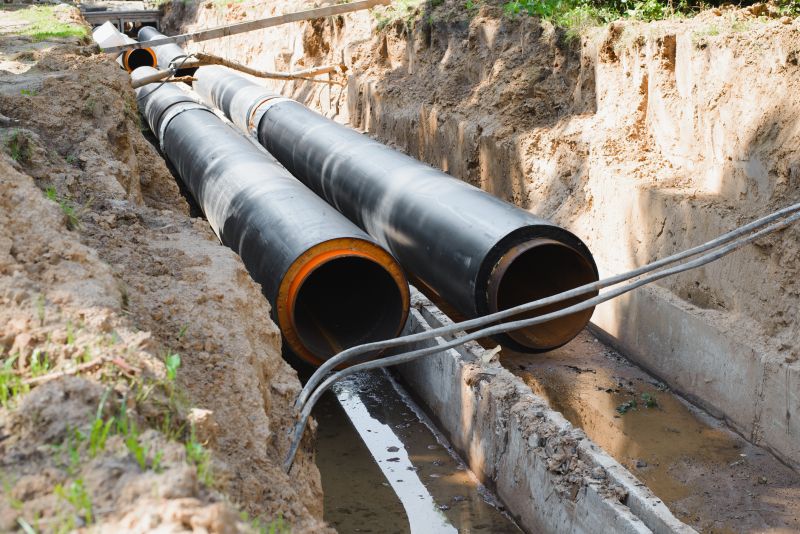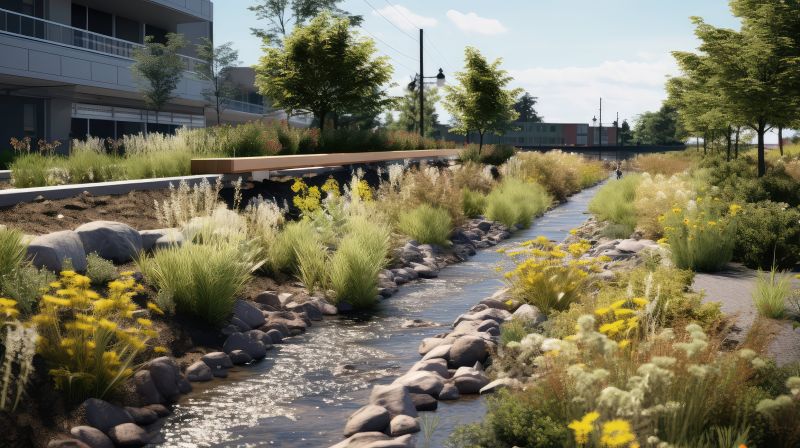Reliable Drainage Solutions to Protect Your Landscape Investment
Landscape drainage services encompass a variety of solutions designed to manage excess water and prevent flooding or erosion in outdoor spaces. These services include surface drainage systems such as swales and French drains, as well as subsurface solutions like drain pipes and sump pumps. Proper drainage installation helps protect landscaping, foundations, and outdoor structures from water damage. Different types of drainage systems are selected based on the property's topography, soil type, and water flow patterns. Effective drainage solutions can improve the usability of outdoor areas and maintain landscape health. Professional installation ensures that drainage systems are correctly designed and integrated with existing landscape features. Proper maintenance and periodic inspections are essential to keep drainage systems functioning optimally.

Installation of landscape drainage systems to redirect excess water away from critical areas.

Placement of French drains to prevent water pooling and soil erosion.

Creating surface channels and swales to facilitate proper water runoff.
| Benefit | Description |
|---|---|
| Prevents Water Damage | Reduces the risk of foundation issues and landscape erosion. |
| Improves Plant Health | Ensures proper water flow to support healthy plant growth. |
| Reduces Soil Erosion | Controls water runoff that can wash away soil and nutrients. |
| Enhances Property Value | Maintains landscape integrity and aesthetic appeal. |
| Minimizes Flooding | Prevents standing water that can damage lawns and structures. |

Professional setup of landscape drainage systems in residential yards.

Detailed view of French drain components installed underground.

Surface channels guiding water away from driveways and patios.
The process of installing landscape drainage systems involves a thorough assessment of the site to determine water flow patterns and problem areas. Planning includes selecting appropriate drainage solutions such as trenches, pipes, or surface channels. Excavation follows to create pathways for water diversion, ensuring proper slope and grading. Drainage components are then installed according to the design, with attention to secure connections and proper bedding. Final adjustments involve testing the system to verify water flow and effectiveness. The installation process may also include landscaping adjustments to integrate drainage features seamlessly into the landscape. Regular inspections and maintenance are recommended to ensure continued performance and longevity of the drainage system.

Excavation and installation of drainage pipes in a residential yard.

Ensuring proper slope for effective water runoff during installation.

Checking the drainage system for proper operation and water flow.
Hiring a professional for landscape drainage installation offers expertise in designing effective water management solutions tailored to specific site conditions. Professionals have experience in assessing terrain, soil type, and water flow to recommend optimal systems. Proper installation by trained technicians ensures that drainage components are correctly positioned and secured, reducing the risk of future failures or blockages. Skilled installers can also identify potential issues early and incorporate landscape features that enhance both function and aesthetics. Working with experienced contractors minimizes disruptions and guarantees that the drainage system complies with local regulations. Their knowledge helps prevent costly repairs or modifications down the line, making professional installation a reliable choice for long-term landscape health.

Expert setup of underground drainage pipes and surface features.

Pre-installation evaluation to determine best drainage solutions.

Drainage features integrated into existing landscape design.
Proper landscape drainage installation is best handled by experienced professionals who understand the complexities of water management. They bring knowledge of local soil conditions, topography, and drainage techniques to develop customized solutions. Professional installers ensure that systems are correctly designed to avoid common issues such as clogging or inadequate water diversion. Their expertise minimizes installation errors and ensures compliance with local standards. Additionally, they can advise on landscape modifications that improve drainage effectiveness. Engaging skilled contractors reduces the likelihood of future repairs and helps maintain the landscape’s integrity over time. This approach results in a reliable, efficient drainage system that protects property value and landscape health.

Professionally installed underground drainage pipes.

Assessing terrain and water flow for optimal drainage design.

Seamless incorporation of drainage features into landscape.
Effective landscape drainage is essential for maintaining outdoor spaces and preventing water-related issues. Professionals bring the technical knowledge and experience necessary to design and install systems suited to each property’s unique conditions. Their expertise ensures proper grading, correct placement of drainage components, and integration with existing landscape features. This reduces the risk of future failures, water pooling, or erosion problems. Professional installation also involves careful planning to minimize disturbance and ensure aesthetic harmony. Investing in experienced services can save time and money by avoiding common pitfalls associated with DIY drainage solutions. Properly installed drainage systems contribute to the longevity and beauty of outdoor environments.

